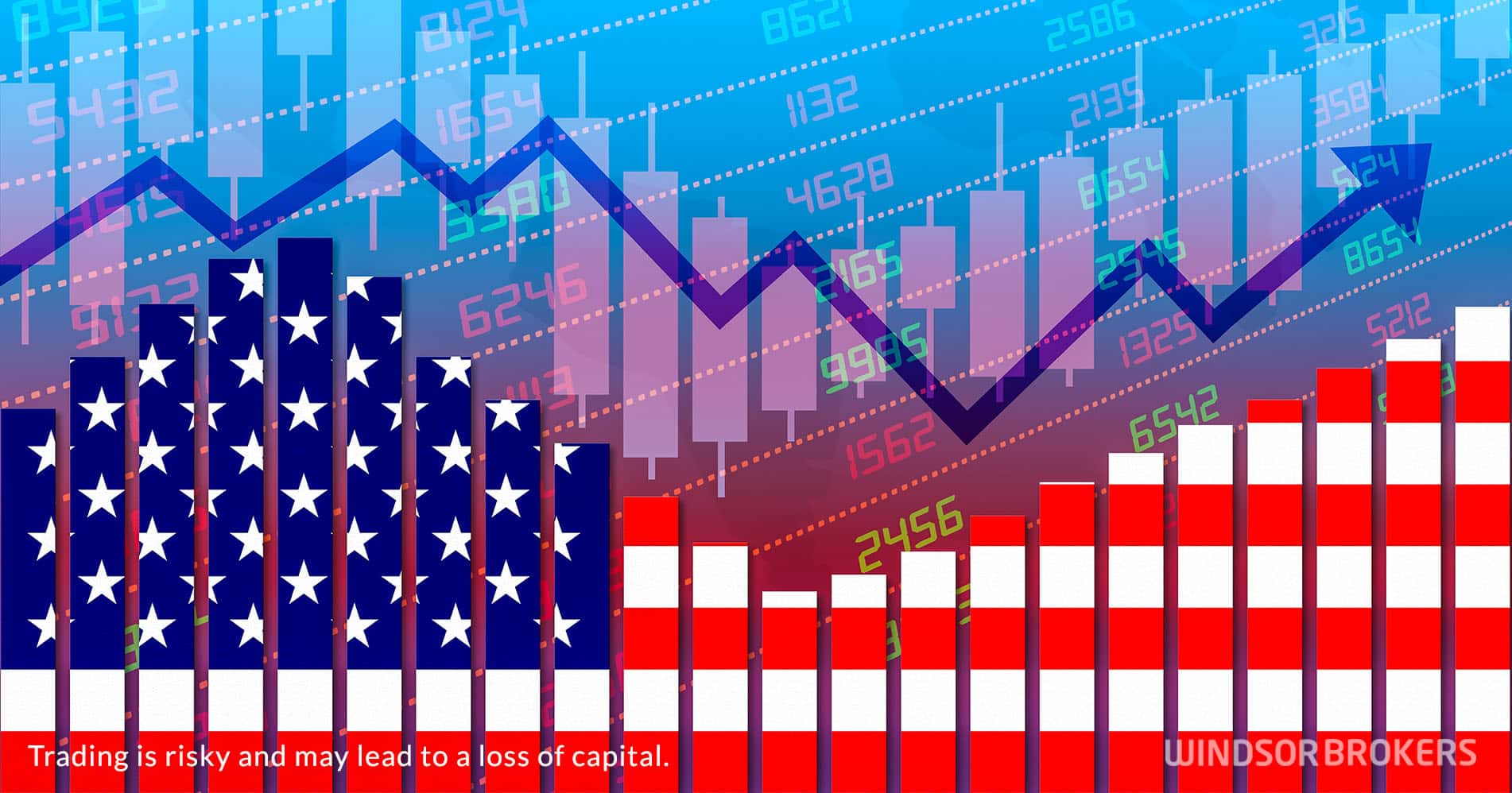Inflation in US rose moderately in April – PCE
The US Personal Consumption Expenditures (PCE) Price Index rose 0.1% in April, in line with expectations, after being unchanged in March.
Annualized PCE prices increased 2.1%, below expected 2.2% increase, after advancing 2.3% in March.
So called Core PCE index that excludes the most volatile food and energy components, was up 0.1% in April, unchanged from previous month, while the index rose 2.5% y/y in April, down from 2.7% increase in March.
The latest release of Fed’s preferred inflation gauge showed that inflation rose less than expected in April, mainly due to sales of stocks accumulated before tariffs.
However, economists are pessimistic and expect inflation to accelerate in coming months, as full negative impact from tariffs is still to be seen, with higher prices of goods to fuel fresh rise in consumer prices.
The latest comments from Fed minutes support the notion, as the US policymakers expressed worries about the surge in short-term inflation expectations that would further complicate the central bank’s position in shaping the monetary policy.
Further rise in inflation will conflict with signals that the economy is weakening and keep the Fed policymakers between two strong but opposite forces – higher inflation that requires further policy tightening and weaker economic growth which demands lower interest rates.


